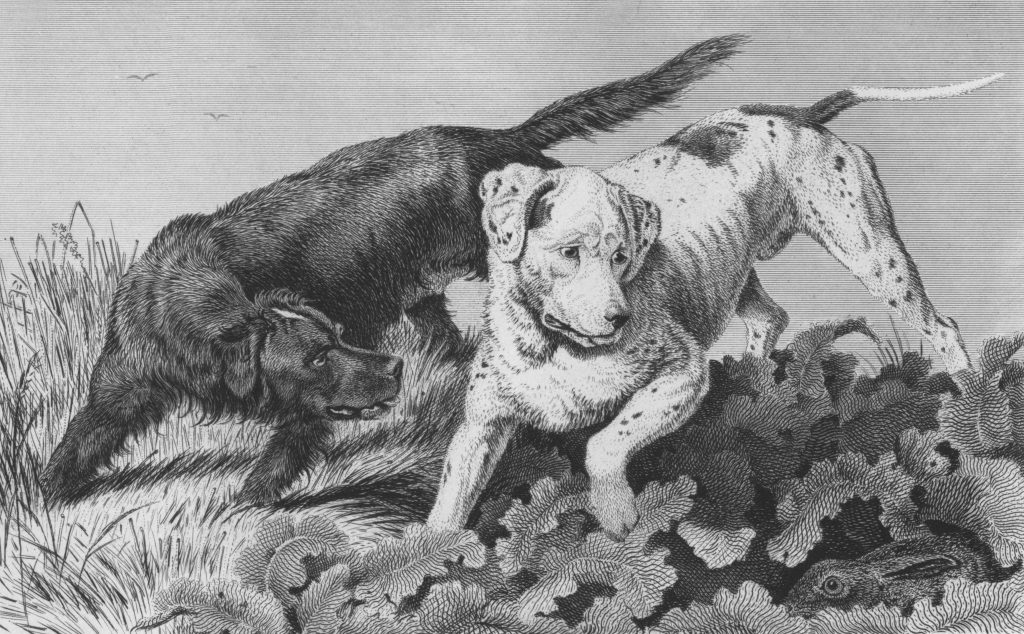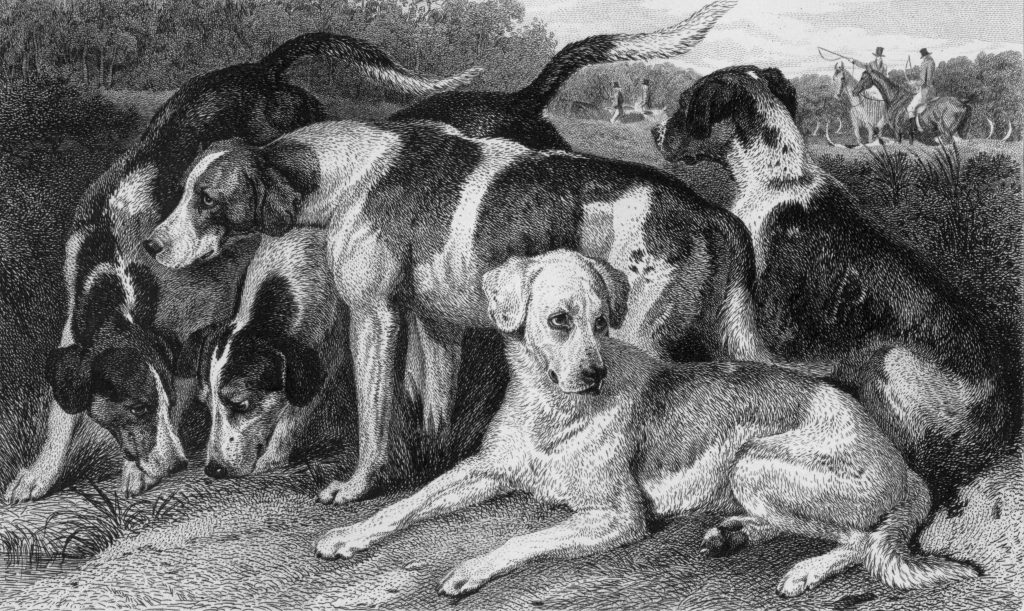All Dog Foods Are Created Equal
Walk down any pet food aisle and you’ll be met with dozens of brightly colored bags and cans, all claiming to offer the best for your dog. Some boast “natural,” others promise “premium,” “holistic,” or “grain-free.” It can be overwhelming—and misleading.
A common misconception among pet owners is that all dog food is basically the same as long as it meets minimum nutritional standards. But the reality is, the quality of dog food can vary drastically in terms of ingredients, sourcing, processing, and nutritional value.
In this blog, we’ll cut through the marketing noise and help you understand what really separates high-quality dog food from the rest.
The Myth: If It’s Sold in Stores, It Must Be Good
Myth: If a dog food is sold in pet stores or big-box retailers, it must be healthy and safe.
Fact: All pet foods sold in the U.S. are required to meet basic AAFCO guidelines, but meeting the minimum doesn’t guarantee optimal nutrition, ingredient integrity, or digestibility. In other words, not all dog foods are created equal.
What “Complete and Balanced” Really Means
The phrase “complete and balanced” means the food meets minimum nutritional requirements as outlined by AAFCO. However:
-
It doesn’t speak to ingredient quality.
-
It doesn’t ensure sourcing transparency.
-
It doesn’t guarantee digestibility or how well your dog can absorb those nutrients.
Think of it like this: a multivitamin meets your daily nutrient needs, but it’s not the same as eating a colorful, fresh meal. The same concept applies to dog food.
What Separates Low-Quality from High-Quality Dog Food
Here’s a breakdown of the key differences:
🥩 Protein Source & Quality
-
High-quality food: Uses named animal proteins (e.g., chicken, beef, salmon).
-
Low-quality food: May use “meat by-product,” “meat meal,” or vague terms like “animal digest.”
🌾 Fillers & Carbohydrates
-
High-quality food: Includes whole grains, sweet potatoes, or legumes as energy sources.
-
Low-quality food: Relies heavily on corn, wheat, or soy fillers with minimal nutritional benefit.
🧪 Additives & Preservatives
-
High-quality food: Uses natural preservatives (vitamin E/tocopherols).
-
Low-quality food: Contains BHA, BHT, or artificial dyes.
🐾 Digestibility
High-quality foods may cost more, but they often result in:
-
Less gas
-
Smaller, firmer stools
-
Improved skin and coat health
-
Better weight maintenance
Reading Labels Like a Pro
Here are some quick tips for decoding dog food labels:
-
Look for real meat first.
Ingredients are listed by weight—if meat isn’t in the top two, it’s likely low in protein. -
Avoid vague terms.
Ingredients like “meat meal” or “animal fat” raise red flags. -
Ignore marketing buzzwords.
“Holistic,” “natural,” and “premium” aren’t regulated terms and don’t guarantee quality. -
Check for AAFCO Statement.
Ensure the food meets nutritional requirements for your dog’s life stage (puppy, adult, senior).
Why Price Doesn’t Always Reflect Quality
It’s easy to assume the most expensive food is the best—but that’s not always true. Some premium-priced brands are driven more by branding than quality ingredients. Likewise, some reasonably priced brands prioritize nutritional integrity and ingredient transparency.
What to look for instead of price:
-
Reputable manufacturing practices
-
Veterinarian or nutritionist formulation
-
Transparent sourcing
-
Whole food ingredients
Wet Food, Dry Food, or Fresh?
Each type of food has its pros and cons:
-
Dry (Kibble): Convenient and shelf-stable; quality varies widely.
-
Wet (Canned): Often more palatable; higher moisture content.
-
Fresh or Frozen: Typically less processed and highly digestible; may cost more but offer premium quality.
The best choice depends on your dog’s needs, your budget, and your preferences. Sometimes a mix of types works well!
Questions to Ask Your Dog Food Brand
-
Who formulates your recipes?
-
Where are your ingredients sourced?
-
Do you own and operate your own manufacturing facilities?
-
Do you conduct feeding trials?
-
Are you AAFCO-compliant for my dog’s life stage?
Brands with nothing to hide will welcome these questions.
Conclusion
The idea that all dog food is equal is a dangerous oversimplification. While many brands meet minimum standards, not all provide the same digestibility, nutrient quality, or long-term health benefits.
By learning to read labels, ask the right questions, and focus on balanced, high-quality ingredients, you can ensure your dog gets the nutrition they deserve—not just what’s easy or trendy.



